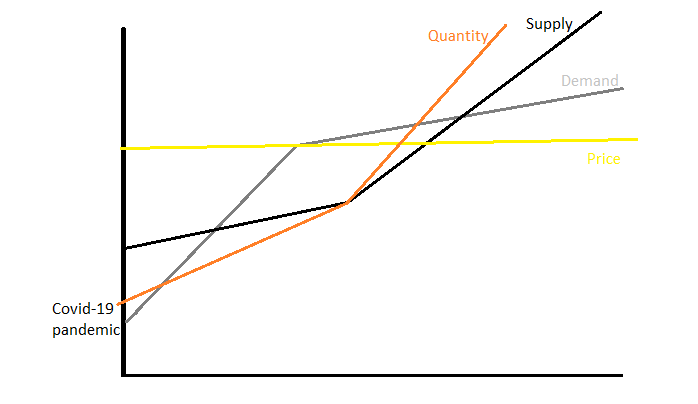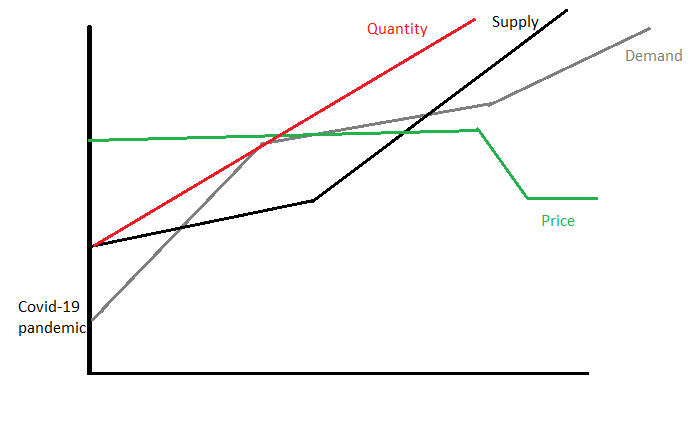In the past year, markets across various industries have undergone major transformations enabled by the strong influence of external factors. In the current situation, more specifically, in the past months, the services of Internet-based content streaming became rather important for me from the personal point of view. In the age of COVID-19 and corresponding restrictions, external contacts are reduced to a minimum through governmental policies and interventions. Accordingly, as residents are prompted to spend more time at home, streaming services have reached an unprecedented level of popularity due to the amount of content they provide in a convenient, subscription-based form (Gupta and Singharia 37). As a result, these services have helped to alleviate the boredom of confinement and helped me cope with the challenges of COVID-related lockdowns.
From the supply and demand standpoints, it is possible to outline the market’s stakeholders. The supply is enabled by the prominent streaming service companies, the number of which has become rather considerable. These are companies that purchase the rights for interesting video content and enable access via paid subscriptions. The demand side is conditioned by diverse groups of viewers who enjoy streamed content. While the target audience traditionally comprised younger adults familiar with technology, the range of service consumers has significantly expanded in the fallout of the pandemic.
The demand’s attributes are conditioned by the external environment, in which people have fewer options for pastime. As theaters, concerts, films, and other in-person means of entertainment are either restricted or limited, consumers are prompted to opt for streaming service. Accordingly, they have been more elastic in terms of the amount of money they are ready to spend on online content. On the other hand, the supply side has seen an increase in market players, as prominent streaming services (Netflix and Amazon Prime) are complemented by the giants of cinematography launching their own platforms (Disney, HBO). In addition, there are specific non-price determinants in the form of a global pandemic and corresponding restrictions discussed above.
In response to the COVID-induced challenges, the economy attempts to address the issue by major transformations. The pandemic has virtually paralyzed international non-urgent travel, while prompting governments to minimize personal contacts. These measures are taken to slow down the spread of the virus within the global communities. As a result, film and TV-series production companies had to halt their filming activities. Consequently, while the demand for streaming services in on the increase, the amount of available fresh content has significantly reduced.
In response to the governmental COVID-related restrictions, major players of the entertainment industries actively venture into the content streaming market, which has been the leading policy for them. As a result, the supply expands rapidly with new services. Whereas the demand is also on the increase, customers may not be ready to purchase several subscriptions at once, thus limiting their need for content to one or two platforms. Accordingly, the general of average demand will remain within similar limits, whereas the supply is likely to increase dramatically. This policy in its current state appears inefficient for both suppliers and customers, as the demand is split between various platforms. It can be effectively complemented by flexible pricing policies, allowing consumers to purchase more subscriptions within a similar monthly budget.
Graphs


Work Cited
Gupta, Garima and Komal Singharia.” Consumption of OTT Media Streaming in COVID-19 Lockdown: Insights from PLS Analysis”. Vision: The Journal of Business Perspective, vol. 25, no. 1, 2021, pp. 36-46.